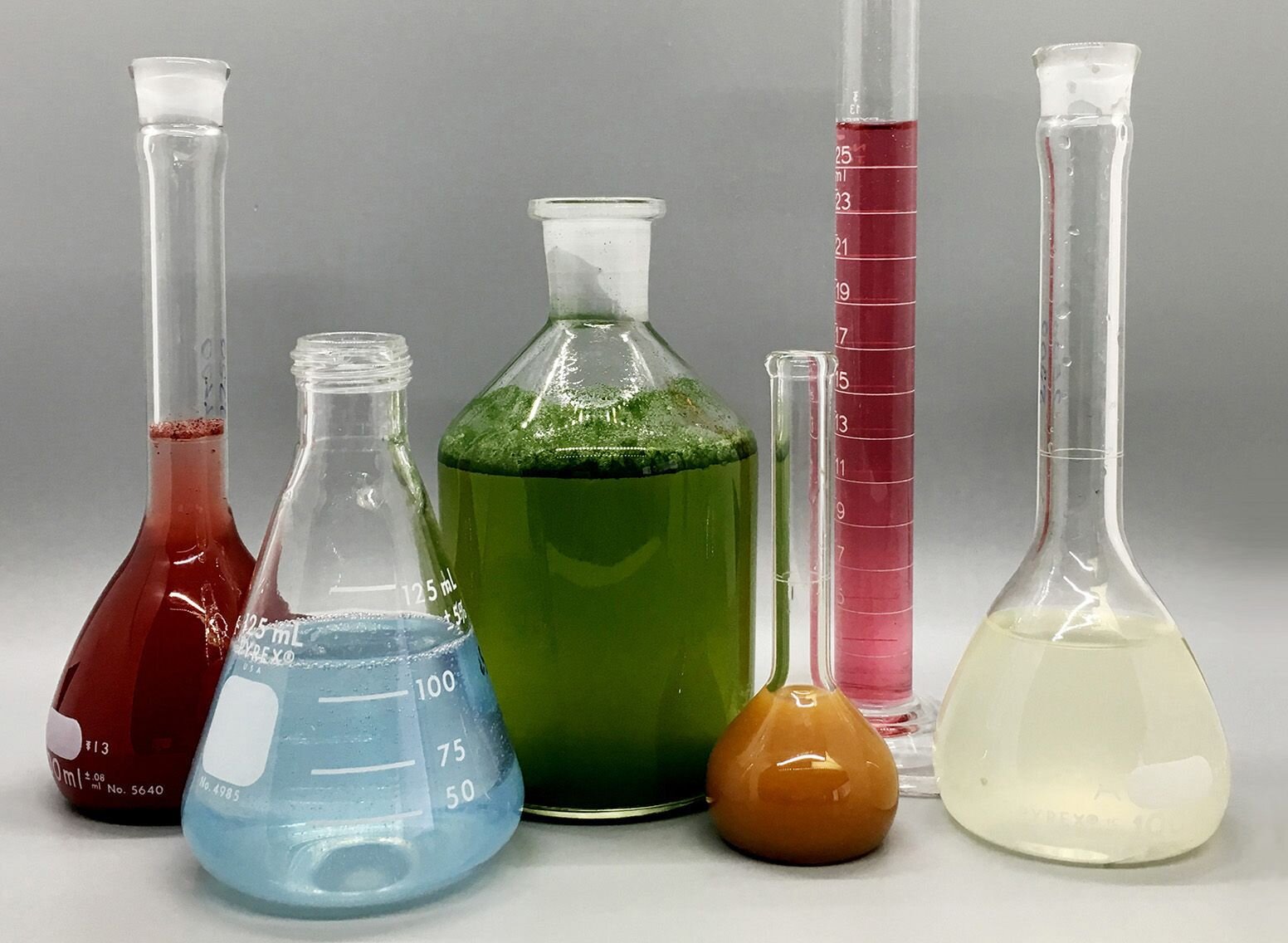Not known Incorrect Statements About Circularly Polarized Luminescence
Not known Incorrect Statements About Circularly Polarized Luminescence
Blog Article
The smart Trick of Circular Dichroism That Nobody is Discussing
Table of ContentsThings about Uv/visThe Uv/vis PDFsOur Circularly Polarized Luminescence DiariesLittle Known Facts About Spectrophotometers.How Spectrophotometers can Save You Time, Stress, and Money.

Spectrophotometry is a tool that hinges on the quantitative analysis of particles depending on how much light is taken in by colored substances.
10 Simple Techniques For Uv/vis/nir
A spectrophotometer is typically utilized for the measurement of transmittance or reflectance of services, transparent or nontransparent solids, such as refined glass, or gases. Although numerous biochemicals are colored, as in, they soak up visible light and therefore can be measured by colorimetric procedures, even colorless biochemicals can often be converted to colored compounds suitable for chromogenic color-forming reactions to yield substances suitable for colorimetric analysis.: 65 Nevertheless, they can also be created to determine the diffusivity on any of the noted light varieties that typically cover around 2002500 nm using various controls and calibrations.
An example of an experiment in which spectrophotometry is used is the decision of the equilibrium constant of a solution. A specific chain reaction within a service might take place in a forward and reverse direction, where reactants form items and products break down into reactants. At some time, this chemical response will reach a point of balance called a stability point.
Rumored Buzz on Uv/vis/nir
The amount of light that passes through the option is a sign of the concentration of specific chemicals that do not permit light to travel through. The absorption of light is due to the interaction of light with the electronic and vibrational modes of molecules. Each type of molecule has an individual set of energy levels associated with the makeup of its chemical bonds and nuclei and thus will absorb light of specific wavelengths, or energies, leading to distinct spectral residential or commercial properties.
They are extensively utilized in many industries consisting of semiconductors, laser and optical manufacturing, printing and forensic assessment, as well as in laboratories for the study of chemical compounds. Spectrophotometry is frequently utilized in measurements of enzyme activities, determinations of protein concentrations, determinations of enzymatic kinetic constants, and measurements of ligand binding reactions.: 65 Ultimately, a spectrophotometer is able to identify, depending on the control or calibration, what substances are present in a target and precisely how much through estimations of observed wavelengths.
This would come as an option to the formerly developed spectrophotometers which were not able to absorb the ultraviolet properly.
The smart Trick of Uv/vis/nir That Nobody is Discussing
It would be found that this did not give acceptable outcomes, therefore in Design B, there was a shift from a glass to a quartz prism which permitted better absorbance outcomes - circular dichroism (https://www.cybo.com/US-biz/on-line-instrument-systems-olis-inc). From there, Design C was born with a modification to the wavelength resolution which ended up having three systems of it produced
It was produced from 1941 to this link 1976 where the cost for it in 1941 was US$723 (far-UV devices were an option at additional cost). In the words of Nobel chemistry laureate Bruce Merrifield, it was "probably the most important instrument ever established towards the development of bioscience." Once it became discontinued in 1976, Hewlett-Packard developed the very first commercially offered diode-array spectrophotometer in 1979 known as the HP 8450A. It irradiates the sample with polychromatic light which the sample takes in depending on its residential or commercial properties. Then it is sent back by grating the photodiode array which spots the wavelength area of the spectrum. Because then, the creation and execution of spectrophotometry gadgets has actually increased exceptionally and has actually ended up being one of the most innovative instruments of our time.

Getting My Circular Dichroism To Work
Historically, spectrophotometers utilize a monochromator including a diffraction grating to produce the analytical spectrum. The grating can either be movable or fixed. If a single detector, such as a photomultiplier tube or photodiode is utilized, the grating can be scanned stepwise (scanning spectrophotometer) so that the detector can determine the light strength at each wavelength (which will represent each "action").
In such systems, the grating is fixed and the strength of each wavelength of light is measured by a various detector in the range. In addition, most contemporary mid-infrared spectrophotometers use a Fourier change technique to get the spectral info - https://www.kickstarter.com/profile/olisclarity1/about. This method is called Fourier transform infrared spectroscopy. When making transmission measurements, the spectrophotometer quantitatively compares the portion of light that passes through a referral service and a test solution, then digitally compares the strengths of the two signals and computes the percentage of transmission of the sample compared to the recommendation standard.

Report this page